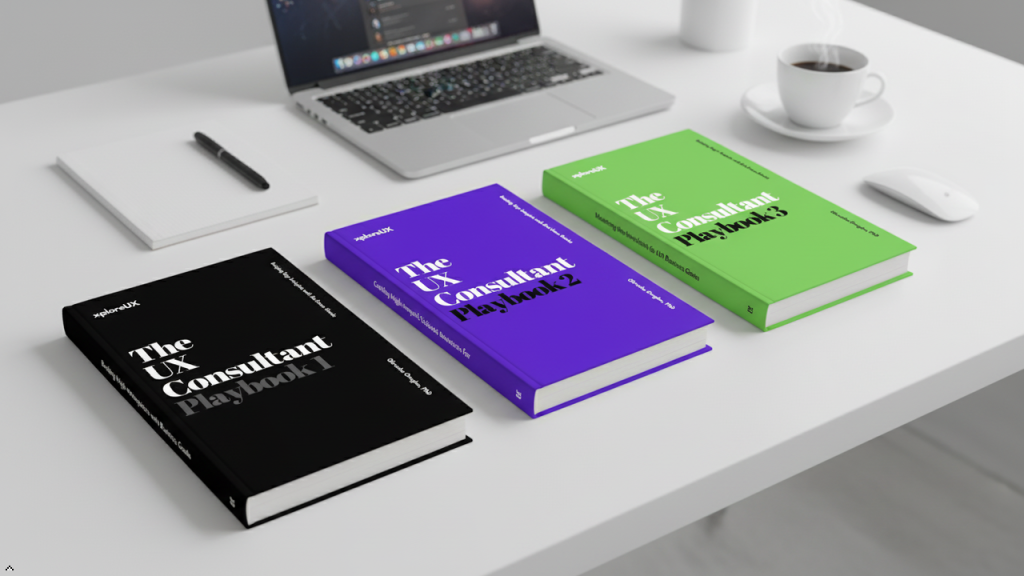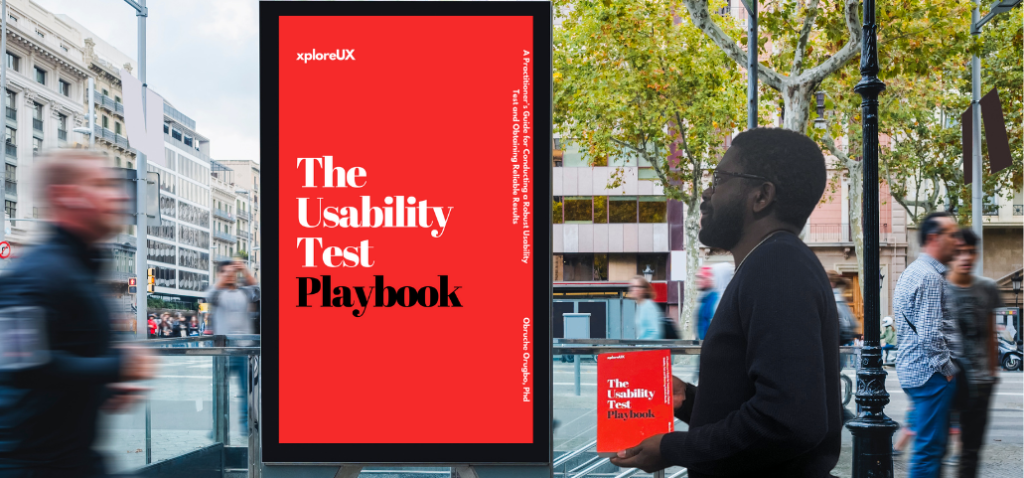
Retail success is no longer solely about price points or product offerings; it’s about how well businesses can understand their customers’ needs and deliver an engaging, seamless shopping experience. In an era where consumer preferences shift faster than ever, the retail landscape has become a battleground for brands striving to provide exceptional user experiences (UX).
Whether you’re a UX designer, a business owner, or a stakeholder in the retail industry, understanding how to enhance your retail experience through targeted UX improvements can drive sales, foster customer loyalty, and ultimately ensure your brand’s longevity.
UX encompasses every interaction a customer has with your brand—from browsing your website to receiving a product. In retail, this experience is critical. According to a report by PWC, 73% of consumers say that customer experience is an important factor in their purchasing decisions. (“Creating a Personalized Customer Experience Journey: 10 Top Tips and …”) In a competitive retail market, where consumers have endless choices, a superior UX can be a key differentiator.
Key Elements of Retail UX
To effectively improve UX in retail, we need to explore the key elements that contribute to a positive experience. These include:
- Accessibility: Ensuring your store, website, and mobile apps are accessible to everyone, including those with disabilities, is fundamental.
- Usability: The ease with which customers can navigate your platform plays a crucial role in their experience.
- Aesthetic Appeal: A visually appealing environment, whether physical or digital, enhances the shopping experience.
- Personalization: Tailoring the experience to meet individual customer needs and preferences fosters engagement and loyalty.
- Conduct User Research
Before implementing any changes, it’s vital to understand your customers. Conduct user research through surveys, interviews, and usability testing to gather insights into customer behaviour, preferences, and pain points. By gathering qualitative and quantitative data, you can identify specific areas for improvement. For instance, if users frequently abandon their shopping carts, it may indicate issues with the checkout process or hidden costs that are revealed too late.
- Optimise Navigation and Search Functionality
A seamless navigation experience can significantly enhance user satisfaction. Make sure your website and app navigation are intuitive and straightforward. Implement clear labels for categories and subcategories and ensure that your search function is robust. Incorporate features such as autocomplete suggestions, filters, and sorting options to help customers find what they need quickly. Remember, every second counts; a delay in finding products can lead to lost sales.
- Embrace Mobile Optimization
With mobile commerce on the rise, ensuring that your retail platform is mobile-friendly is essential. Consider responsive design principles that allow your website to adjust to various screen sizes. Additionally, mobile apps should offer a native experience that takes advantage of device features such as location services and push notifications. Ensure fast loading times and easy navigation to prevent frustration.
- Enhance the Checkout Process
The checkout process is a critical moment in the retail experience and optimising it can reduce cart abandonment rates. Simplify the checkout process by minimizing the number of steps and fields required. (“7 Tips & Tricks to Optimise Your eCommerce Checkout Process”) Implement features like guest checkout, auto-fill forms, and a progress indicator to guide users. Providing multiple payment options can also cater to diverse customer preferences, making transactions smoother.
- Utilize Augmented Reality (AR)
AR technology can transform the retail experience by allowing customers to visualize products in their environment before making a purchase. For instance, home decor retailers can offer an AR feature that lets customers see how a piece of furniture would look in their space. (“Top 30 Strategies to Increase Online Sales for Ecommerce Stores – Appy Pie”) This not only enhances the shopping experience but also reduces the likelihood of returns, as customers have a better understanding of the product before purchase.
- Leverage Personalization
Personalization is a powerful tool for enhancing retail UX. Use customer data to create tailored experiences, such as personalized product recommendations based on browsing history or past purchases. Implement features like wish lists and reminders for abandoned carts. Email marketing can also be personalized to send targeted offers and recommendations, making customers feel valued and understood.
- Foster Community Engagement
In the digital age, building a sense of community around your brand can significantly enhance user loyalty. Engage customers through social media, forums, and community events. User-generated content, such as customer reviews and photos, can foster a sense of belonging and encourage prospective customers to trust your brand. Consider implementing loyalty programs that reward engagement, further nurturing customer relationships.
- Integrate Feedback Mechanisms
Establishing feedback loops allows you to continuously improve the user experience. Create avenues for customers to share their thoughts, whether through surveys, ratings, or comment sections. “Analyze this feedback to identify common pain points and areas for improvement.” (“Customer Support in 2024: Definition, Strategies, and More – LiveAgent”) Demonstrating that you value customer input can enhance loyalty and trust. (“How to Improve Customer Experience: Tips, Tools, and Templates”)
- Train Your Staff
In physical retail spaces, staff training is crucial for delivering a positive UX. Equip your team with the knowledge and skills to assist customers effectively. This includes understanding product details, navigation of the store layout, and interpersonal skills. A well-informed and friendly staff can turn a simple shopping trip into a memorable experience, encouraging repeat visits.
- Measure and Analyze
Finally, to ensure your UX improvements are effective, you must measure and analyze your results continuously. Utilize analytics tools to track user behavior, sales data, and customer feedback. A/B testing different design elements and features can also provide insights into what resonates best with your audience. (“8 product landing page examples to boost the sales – Unbounce”) Stay agile and be ready to adapt your strategies based on the data you collect.
The retail landscape is evolving rapidly, and businesses must adapt to meet the ever-changing demands of consumers. By prioritizing UX improvements and implementing targeted strategies, you can create a shopping experience that resonates with customers, drives sales, and fosters loyalty. The key lies in understanding your audience, optimizing every touchpoint, and leveraging technology to enhance the overall experience.
For business owners and UX professionals, the journey doesn’t end here. Stay curious, continue to learn, and embrace innovation in the retail sector. As you implement these practical tips, remember that a focus on user experience is not just a trend; it’s a foundational aspect of retail success that will pay dividends for years to come.
By maximizing retail success through targeted UX improvements, you can build a brand that not only meets but exceeds customer expectations, positioning your business as a leader in the competitive retail market.





2 comments